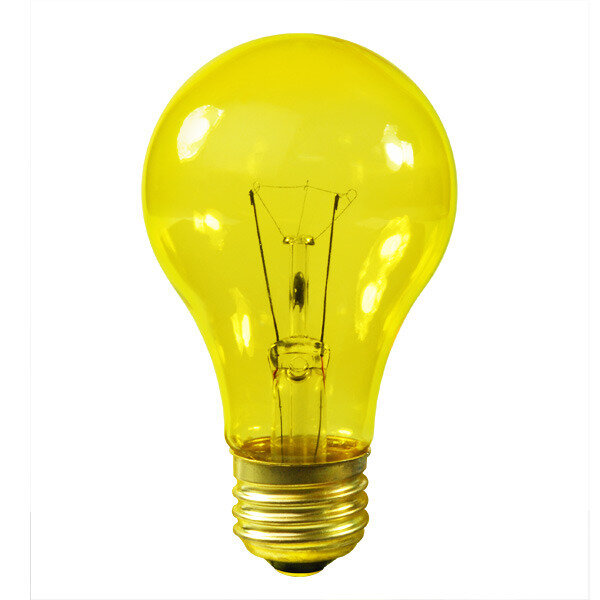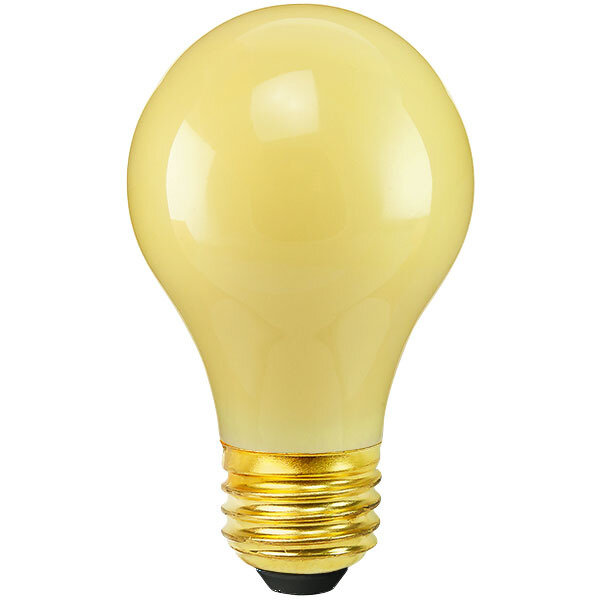The Laws of Repulsion: Bug Edition
What light is best for keeping bugs away?
There is no right answer here, because not one single light will keep all bugs away.
Phototaxis is the word that defines how lighting affects the behavior of insects. For example, a bug with a positive phototaxis means that, like moths, they are attracted to light. Bugs with a negative phototaxis have no desire to go near light at all.
Some claim that LEDs repel bugs more than other light sources, while others dispute it. In fact, no specific light bulb repels bugs, but some will attract bugs less than others.
Since bugs are attracted or repelled for different reasons, there is no end-all solution. There are, however, some lighting tips we can give you to help keep most of these nuisances off your porch. The good news is you don’t have to swap out fixtures if you know which bulbs to use.
Law #1: Keep it Cool
Many insects are attracted to heat, especially those blood-sucking mosquitos. Because LEDs do not emit a whole lot of heat, most insects are not attracted to them like they would be an incandescent or HID lamp.
Law #2: Stay Warm
Wait – what? But we just told you to keep it cool. It turns out warmth in this situation isn’t thermometer temperature related, but Kelvin temperature related. Most bugs can’t see yellow or red light, meaning lighting with lower, or warmer, color temperatures, such as 2700K that produces more yellow light, will work better than higher, or cooler, color temperatures, such as 5000K that produces more blue light. This is why bug zappers are usually blue and purple; insects are attracted to that color of lighting because they can see it really well. Although different insects see varying wavelengths of light, most of them cannot see lighting in the red range, which is around 650 nm.
Law #3: Embrace the Dull Moment
It’s a good idea to purchase a light bulb that efficiently lights the space but is not too bright. The brighter the bulb, the greater your insect problem. Lowering your wattage can help lower your insect count.
Know the Difference
An LED light is not a bug light. It may help reduce the amount of bugs around it, but it can still emit light in the range that some bugs can see. Of course, buying an LED in a warmer color temperature will attract less bugs. Over incandescent bulbs, however, LEDs are certainly the better option as they put off less heat. A bug light is the best solution for keeping bugs at bay. You can read more on how bug lights work.
In Conclusion
LEDs are not the answer for repelling bugs, but they can certainly help with the problem. All in all, purchasing a bug light for your space is the best choice, whether the bug light is incandescent or not. It is recommended that you use bug lights around the area where you will be the most and install regular lighting farther out to attract the bugs away from you and your entertainment space. If you would like to learn more about bug lights, you can talk to one of our friendly lighting experts at 1-800-624-4488.











